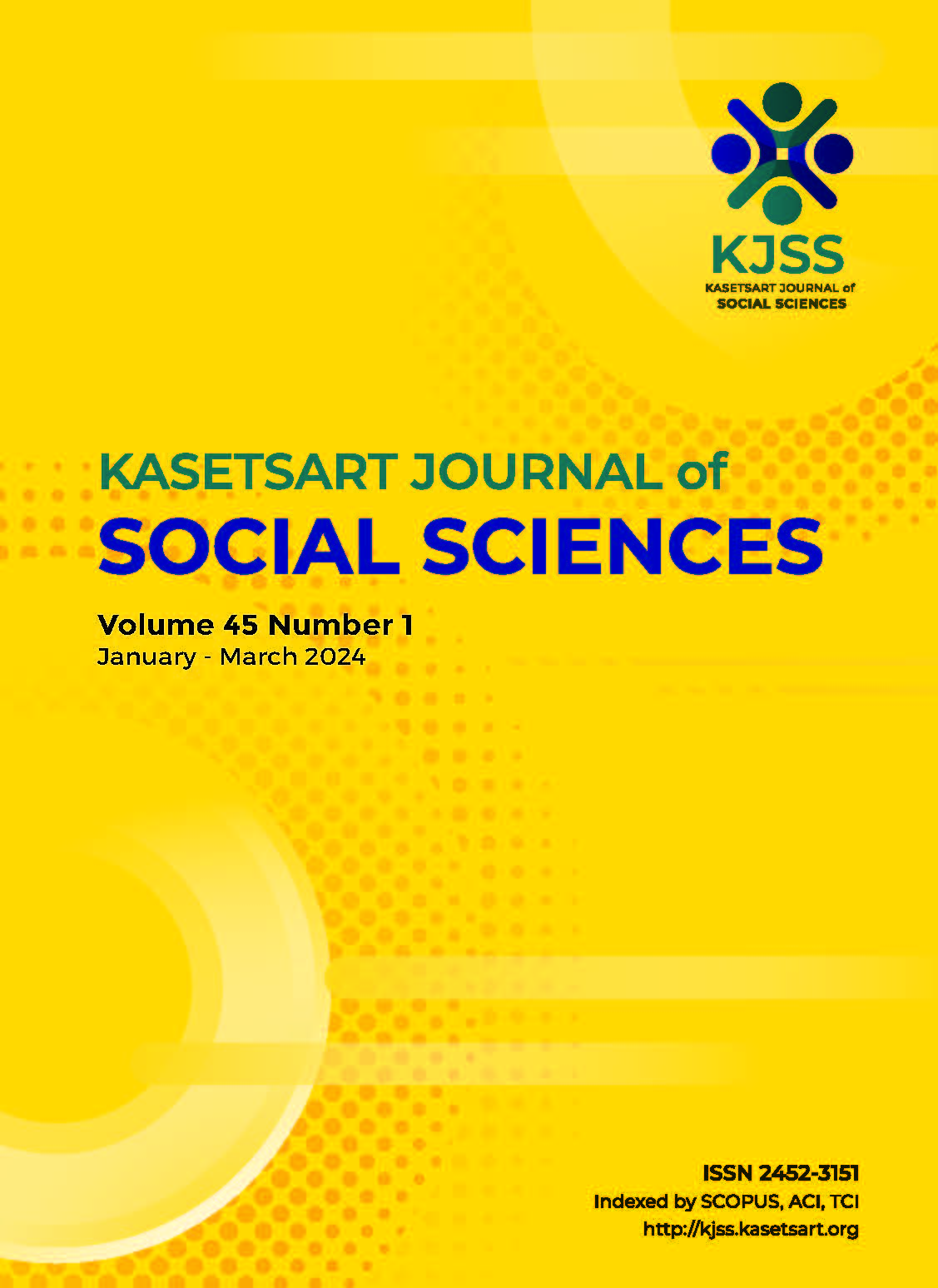Promoting young children’s creative thinking, social skills, and attention using guided play and loose parts
Keywords:
attention, creative thinking, loose parts, preschoolers, social behaviorAbstract
According to child initiation, guided play is more effective than free play due to adult support. When implemented with loose parts that are open-ended materials, guided play can enhance the learning of young children. This research aims to investigate the effects of integrating guided play with loose parts on preschoolers’ creative thinking, social behavior, and attention. Participants are divided into 2 groups: outdoor learning and indoor learning. Group 1 consists of 97 boys and girls from 3 private preschools. Group 2 consists of 50 boys and girls aged 3–5 years old involved in the Let’s Play Together Project. This research is comprised of 3 observation areas: social behavior, creative thinking behavior, and attention. Both a pre and post-test are used to collect data. Then, the data is analyzed using frequency, percentage, mean score, standard deviation, and t-test. Results demonstrate that preschoolers in Group 1 gained higher mean scores for creative behavior, social behavior, and attention than before, at the statistical significance of .05. However, Group 2 achieved high mean scores for creative and social behavior only, at the statistical significance of .05. It is noted that applying the 3 steps of arranging loose parts activities i.e., the preparation, group or individual play, and reflection can promote young children’s development and learning.
Downloads
Published
How to Cite
Issue
Section
License

This work is licensed under a Creative Commons Attribution-NonCommercial-NoDerivatives 4.0 International License.
This is an open access article under the CC BY-NC-ND license http://creativecommons.org/licenses/by-nc-nd/4.0/










